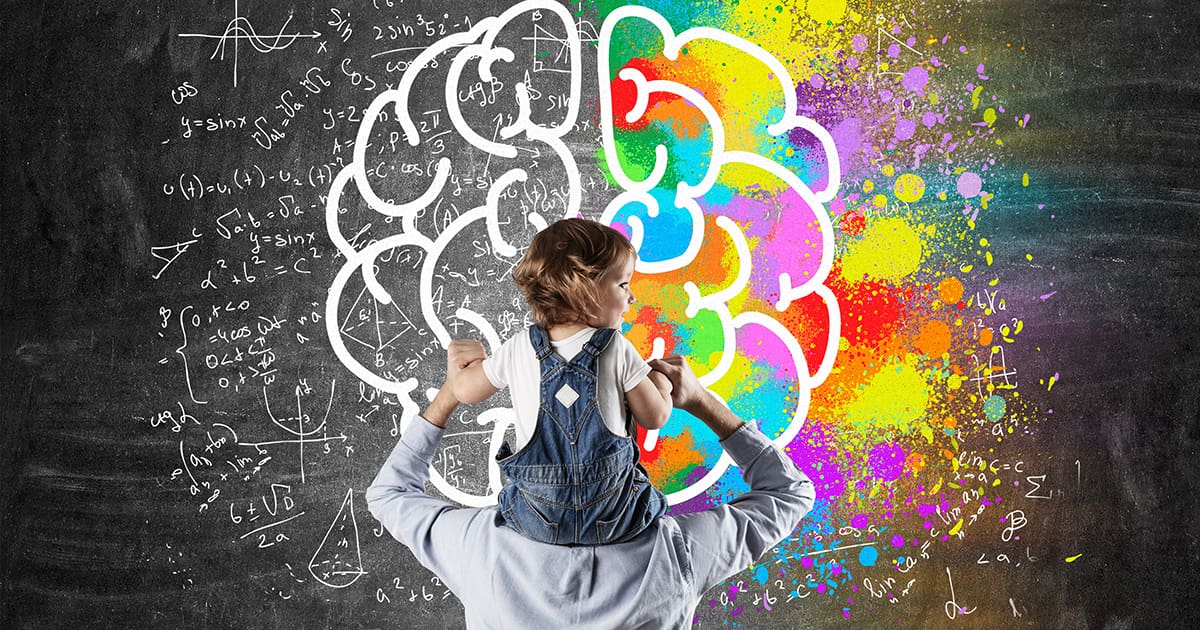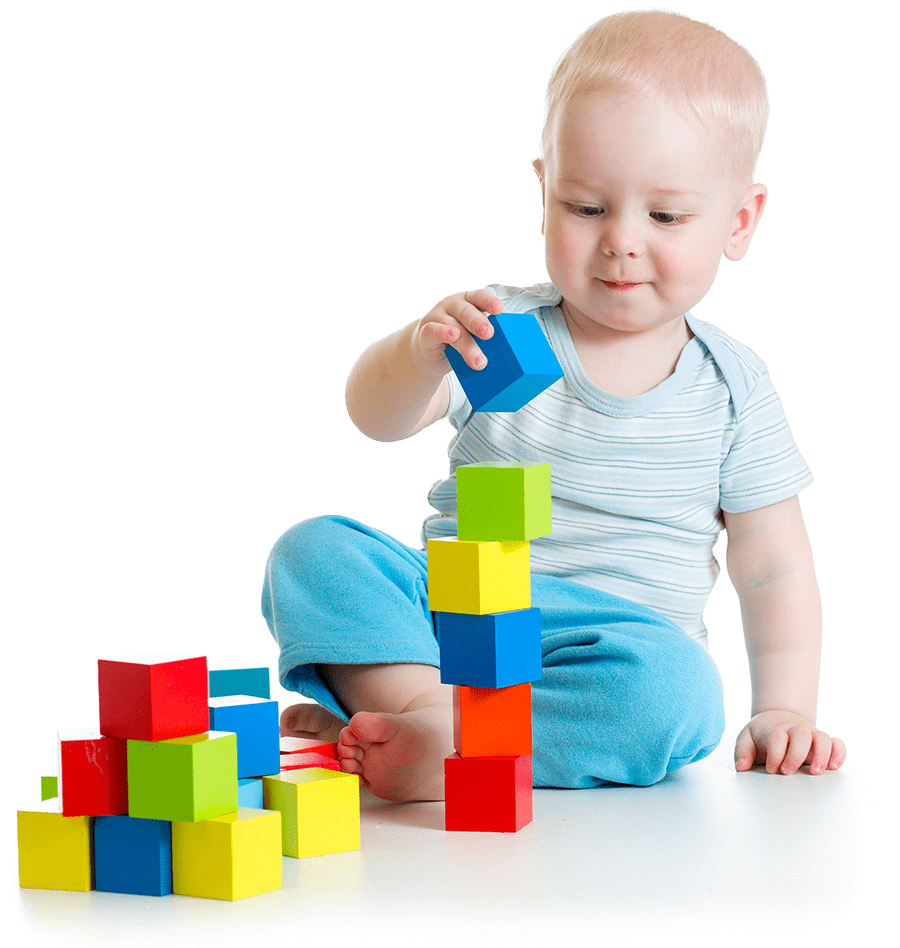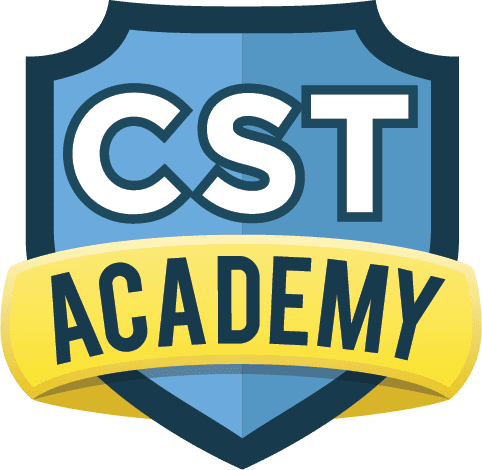Share this Post

Autism is a neurological difference that affects how a child’s brain develops, influencing communication, social interaction, and behavior. For parents and caregivers, understanding how autism impacts the developing brain can provide valuable insights into their child’s unique strengths and challenges.
At CST Academy, we embrace neurodiversity and celebrate each child’s individuality. By providing evidence-based therapies, tailored support, and a nurturing environment, we empower children with autism to reach their full potential. This article explores how autism impacts the developing brain and how CST Academy offers the tools and support to help children thrive.
How Autism Impacts the Developing Brain
Autism spectrum disorder (ASD) affects brain development in ways that influence a child’s ability to process information, respond to stimuli, and engage with their environment. Here are some key ways autism impacts the developing brain:
- Differences in Brain Connectivity
Children with autism often experience differences in brain connectivity. Some areas of the brain may be overconnected, while others may be underconnected, affecting how information is processed and integrated. - Sensory Processing Challenges
The developing brain of a child with autism may process sensory information differently, leading to hypersensitivity or hyposensitivity to sights, sounds, textures, and other stimuli. - Social and Communication Development
The areas of the brain responsible for social interaction and communication may develop differently in children with autism, influencing how they interpret social cues and express themselves. - Executive Functioning
Autism can impact executive functioning skills, such as planning, organization, and self-regulation, which are critical for completing tasks and managing emotions. - Unique Strengths
While autism presents challenges, it also brings unique strengths, such as heightened attention to detail, strong memory skills, and creative problem-solving abilities.
Understanding these differences helps families and therapists create strategies to support each child’s developmental journey.
How CST Academy Supports the Developing Brain
At CST Academy, we design our therapeutic programs with the developing brain in mind, using a multidisciplinary approach to address the unique needs of each child. Here’s how we help:
Tailored Therapy Plans
Every child at CST Academy receives a personalized therapy plan that targets their specific developmental goals. Our team evaluates each child’s strengths and challenges to create a roadmap for growth.
Speech and Language Therapy
Our speech therapists support communication development by helping children build vocabulary, improve articulation, and develop social language skills. These therapies strengthen the brain pathways responsible for language and interaction.
Occupational Therapy
Our occupational therapists use sensory integration techniques to help children process sensory input, improve motor skills, and develop independence in daily tasks.
Behavioral Therapy
Through evidence-based behavioral therapies, we address executive functioning challenges, support emotional regulation, and promote positive behaviors that foster learning and connection.
Play-Based Learning
Play is a powerful tool for brain development. At CST Academy, we use play to encourage creativity, social interaction, and cognitive growth in a fun, engaging environment.
Parent Collaboration
We believe that parents are key partners in their child’s development. CST Academy provides families with strategies, resources, and guidance to support their child’s progress at home.
Why Early Intervention Matters
Early intervention is critical for supporting the developing brain of a child with autism. The brain is most adaptable in the early years, making it an ideal time to build skills and create positive developmental pathways. Early intervention can:
- Improve Communication Skills: Helping children develop language and social interaction abilities.
- Enhance Cognitive Development: Supporting problem-solving, attention, and memory skills.
- Foster Independence: Building self-help skills that promote confidence and autonomy.
- Reduce Behavioral Challenges: Teaching coping strategies and emotional regulation.
CST Academy is committed to providing early intervention services that maximize each child’s potential during these formative years.
Practical Tips for Supporting Brain Development at Home
Parents play a vital role in nurturing their child’s development. Here are some practical ways to support your child’s brain development at home:
- Encourage Play and Exploration:
Provide opportunities for your child to explore their environment through sensory-rich activities, imaginative play, and hands-on learning. - Foster Communication:
Use simple language, gestures, and visual supports to help your child understand and express themselves. - Create Predictable Routines:
Consistent routines help children feel secure and develop executive functioning skills like planning and organization. - Support Sensory Needs:
Offer sensory-friendly tools and activities, such as weighted blankets, fidget toys, or quiet spaces, to help your child regulate their sensory input. - Celebrate Their Strengths:
Recognize and celebrate your child’s unique abilities, whether it’s their creativity, memory skills, or attention to detail.
The Role of Neuroplasticity in Autism
One of the most fascinating aspects of the developing brain is its ability to adapt and change, a concept known as neuroplasticity. Neuroplasticity allows the brain to form new connections and pathways in response to experiences, learning, and therapy.
At CST Academy, our therapies leverage the brain’s neuroplasticity to help children build skills and overcome challenges. By providing consistent, engaging, and targeted support, we create opportunities for meaningful progress and growth.
Why Families Choose CST Academy
Families trust CST Academy because of our compassionate approach, expertise, and dedication to helping children with autism succeed. Here’s why parents choose us:
- Multidisciplinary Team: Our therapists specialize in speech, occupational, and behavioral therapy, ensuring comprehensive care.
- Individualized Plans: Every program is tailored to meet the specific needs of each child.
- Inclusive Environment: Our classrooms are sensory-friendly spaces where children feel safe, supported, and motivated to learn.
- Parent Collaboration: We partner with families to extend the benefits of therapy into everyday life.
Take the First Step with CST Academy
Understanding how autism impacts the developing brain is the first step in supporting your child’s growth. At CST Academy, we’re here to provide expert guidance, personalized therapies, and unwavering support to help your child thrive.
Contact us today to learn more about our programs and how we can support your child’s journey. Together, we’ll celebrate their strengths, overcome challenges, and create a brighter future.
Discover Our Pediatric Therapy & Autism Care
ABA Therapy
Support for children with autism.
Diagnostic Evaluation
Expert assessments to identify child needs.
Pediatric Therapy Services
Speech, Occupational, Feeding, and Physical Therapy.
Therapeutic Preschool & Kindergarten
A classroom environment designed for early learners with unique needs.

Find the Best Care for Your Child




